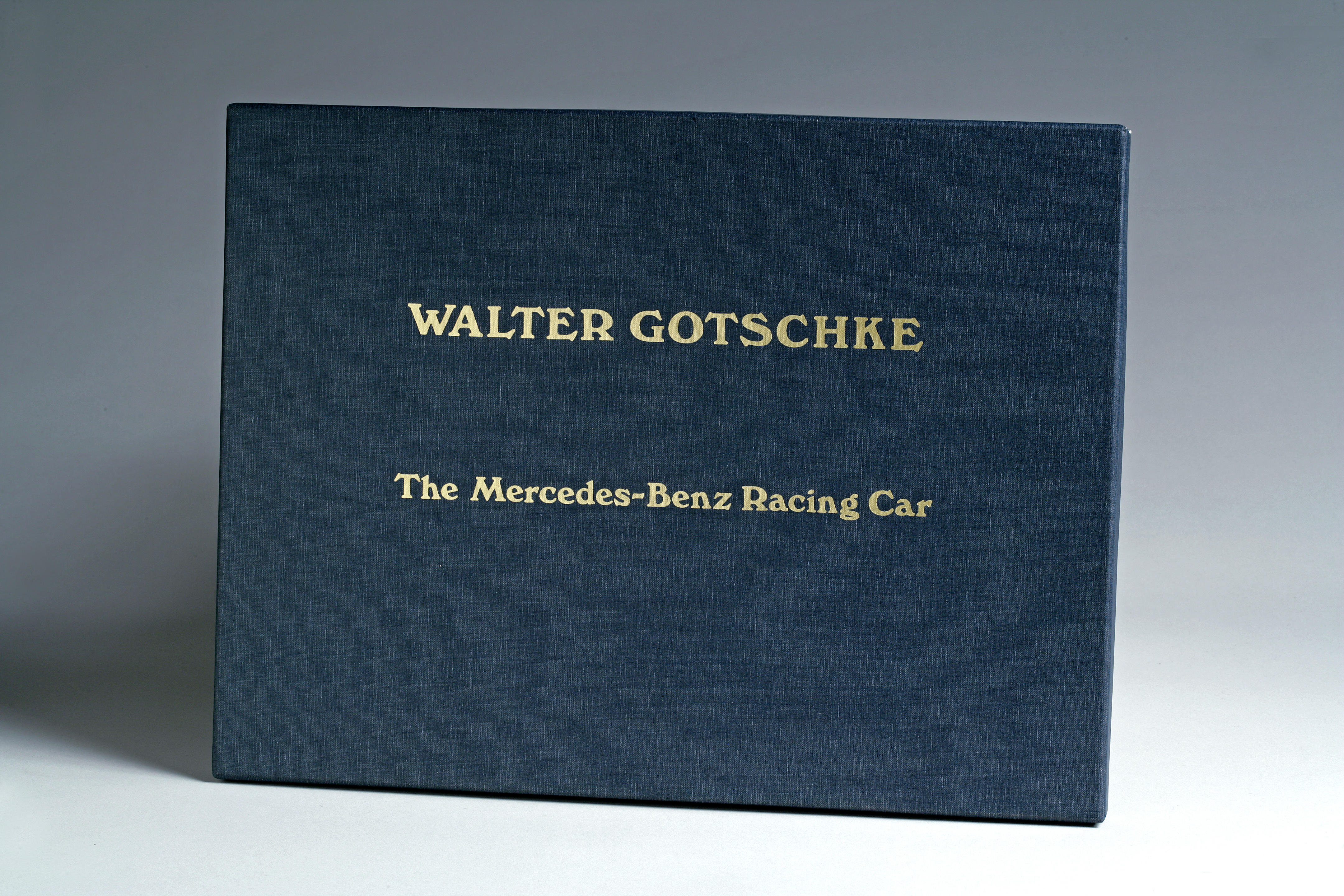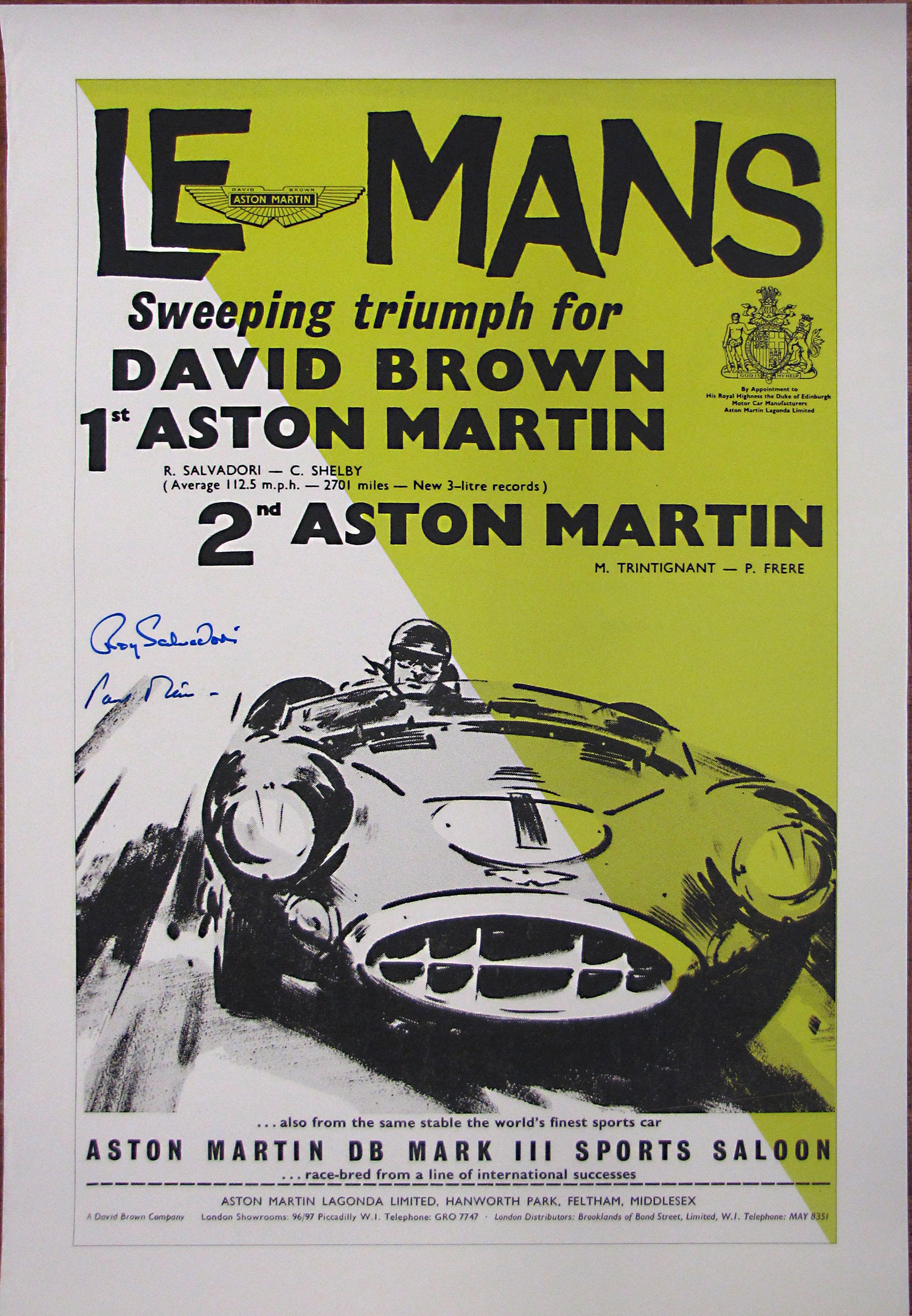The Hudson Mile-A-Minute Roadster is a wonderful example of an early factory-issue speedster. In true period racecar fashion, it is a stripped down stock car, carrying two fully exposed bucket seats in place of heavier bodywork, along with a large fuel tank mounted on the frame behind the seats. Unlike "real" racecars, the speedster has fenders and running boards, necessities on muddy roads of the time. These could be easily removed for competitive events. First-generation Stutz Bearcats and Mercer Raceabouts have become iconic pre-World War I speedsters. However, several automakers offered factory-built speedsters during the 1910-1914 period. Production, though, was always extremely limited. Offered for just one season, the Hudson Mile-A-Minute Roadster is one of the most desirable factory speedsters of its era. The name underscores the performance potential of this ready-for-action model…60 miles per hour was "flying" in 1912! In 1911, Hudson introduced its larger and more powerful Model 33, which would be offered through 1912. Several new styles, including the Mile-A-Minute Roadster, were added in the second year and amazingly Model 33 production for 1912 would total 5,708. It is safe to assume that production of these sporting Speedsters would have accounted for only a fraction of this being offered in that production year. The Mile-A-Minute's radiator is set back several inches, compared to other Model 33s. Its engine is a standard 33-hp Model 33 mono-bloc four-cylinder, displacing 226 cubic inches. Gear change levers for the three-speed sliding gear transmission are mounted outside the frame. A 100-mph speedometer was standard on this high-performance model. The large tank behind the seats accommodates 30 gallons of gas and 10 gallons of oil. Contemporary advertising material marketed the Mile-A-Minute as being ‘faster than its name implies’, it went on to describe how its gearing ‘was very high and the weight (is) distributed in such a manner that the car will hold the road at a higher speed than others of its weight’. The model was designated by a 23,000 series, which this car naturally fits into, presumably as the 73rd car to have been built. Today, very few of these cars survive, one can be seen in The Simeone Foundation Museum in Philadelphia, while others are as far afield as in the UK and Germany. This extremely rare Mile-A-Minute Roadster was retrieved from a barn in New York state by H. Pierson Mapes in the late 1940s. H. Pierson Mapes, was an early exponent of the car collecting movement and father of Pierson G. Mapes, the well-known former president of NBC. According to a cast brass plaque on its firewall, the car was restored for H. Pierson Mapes by Joseph Murchio who the plaque proclaims was ‘America’s Foremost Authority on Antique Automobiles’, another early prominent car collector, whose automobile museum at Greenwood Lake, NY had opened in August 1945 and ran for more than two decades. It is thought that Pierson Mapes sold the ‘Mile-a-Minute’ at a public auction conducted by Sotheby’s in the late 1950s or early 1960s, though the precise date of this is yet to be confirmed. However, it is known that the car passed from Mapes to Egbert Beney of Syosset, N.Y. at around that time, the current owner’s father bought the Hudson in 1987, it passing to him 6 years ago. Over the course of its 30 year family ownership the Hudson has been shown at a few regional car gatherings, most recently at the Bogart’s Car Show in Apple Valley, MI in 2007. The restoration of the car still dates back to H.Pierson Mapes time, giving the car a reassuring air of authenticity as well as an appealing patina of age. It is appropriately equipped with a period accessory monocle windshield, copies of owner’s manual, tools and period jack. This 1912 Hudson Mile-A-Minute Roadster is a historically important early speedster with a lengthy and known history and is offered with a Minnesota title.
The Hudson Mile-A-Minute Roadster is a wonderful example of an early factory-issue speedster. In true period racecar fashion, it is a stripped down stock car, carrying two fully exposed bucket seats in place of heavier bodywork, along with a large fuel tank mounted on the frame behind the seats. Unlike "real" racecars, the speedster has fenders and running boards, necessities on muddy roads of the time. These could be easily removed for competitive events. First-generation Stutz Bearcats and Mercer Raceabouts have become iconic pre-World War I speedsters. However, several automakers offered factory-built speedsters during the 1910-1914 period. Production, though, was always extremely limited. Offered for just one season, the Hudson Mile-A-Minute Roadster is one of the most desirable factory speedsters of its era. The name underscores the performance potential of this ready-for-action model…60 miles per hour was "flying" in 1912! In 1911, Hudson introduced its larger and more powerful Model 33, which would be offered through 1912. Several new styles, including the Mile-A-Minute Roadster, were added in the second year and amazingly Model 33 production for 1912 would total 5,708. It is safe to assume that production of these sporting Speedsters would have accounted for only a fraction of this being offered in that production year. The Mile-A-Minute's radiator is set back several inches, compared to other Model 33s. Its engine is a standard 33-hp Model 33 mono-bloc four-cylinder, displacing 226 cubic inches. Gear change levers for the three-speed sliding gear transmission are mounted outside the frame. A 100-mph speedometer was standard on this high-performance model. The large tank behind the seats accommodates 30 gallons of gas and 10 gallons of oil. Contemporary advertising material marketed the Mile-A-Minute as being ‘faster than its name implies’, it went on to describe how its gearing ‘was very high and the weight (is) distributed in such a manner that the car will hold the road at a higher speed than others of its weight’. The model was designated by a 23,000 series, which this car naturally fits into, presumably as the 73rd car to have been built. Today, very few of these cars survive, one can be seen in The Simeone Foundation Museum in Philadelphia, while others are as far afield as in the UK and Germany. This extremely rare Mile-A-Minute Roadster was retrieved from a barn in New York state by H. Pierson Mapes in the late 1940s. H. Pierson Mapes, was an early exponent of the car collecting movement and father of Pierson G. Mapes, the well-known former president of NBC. According to a cast brass plaque on its firewall, the car was restored for H. Pierson Mapes by Joseph Murchio who the plaque proclaims was ‘America’s Foremost Authority on Antique Automobiles’, another early prominent car collector, whose automobile museum at Greenwood Lake, NY had opened in August 1945 and ran for more than two decades. It is thought that Pierson Mapes sold the ‘Mile-a-Minute’ at a public auction conducted by Sotheby’s in the late 1950s or early 1960s, though the precise date of this is yet to be confirmed. However, it is known that the car passed from Mapes to Egbert Beney of Syosset, N.Y. at around that time, the current owner’s father bought the Hudson in 1987, it passing to him 6 years ago. Over the course of its 30 year family ownership the Hudson has been shown at a few regional car gatherings, most recently at the Bogart’s Car Show in Apple Valley, MI in 2007. The restoration of the car still dates back to H.Pierson Mapes time, giving the car a reassuring air of authenticity as well as an appealing patina of age. It is appropriately equipped with a period accessory monocle windshield, copies of owner’s manual, tools and period jack. This 1912 Hudson Mile-A-Minute Roadster is a historically important early speedster with a lengthy and known history and is offered with a Minnesota title.















Testen Sie LotSearch und seine Premium-Features 7 Tage - ohne Kosten!
Lassen Sie sich automatisch über neue Objekte in kommenden Auktionen benachrichtigen.
Suchauftrag anlegen